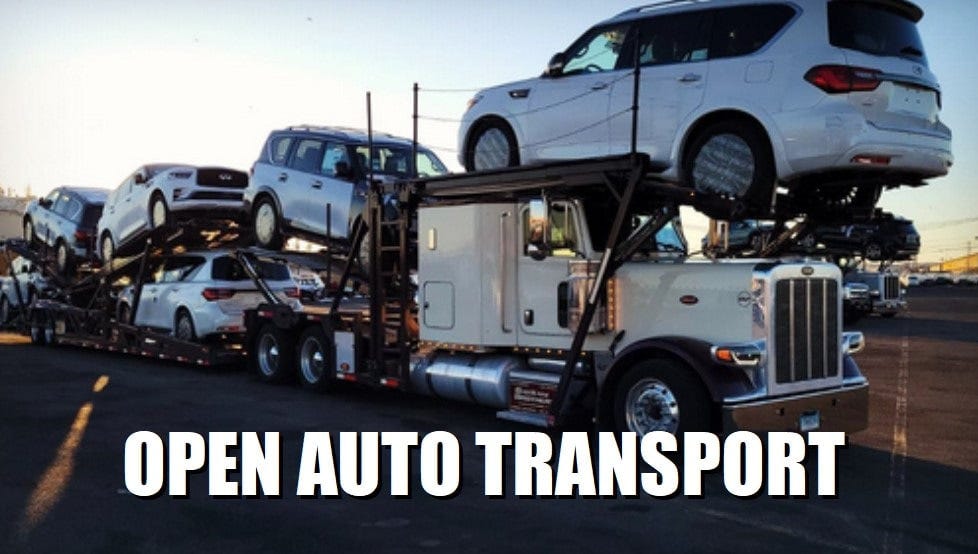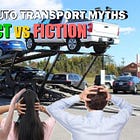Open vs. Enclosed Transport: What’s the Price Difference?
When shipping a vehicle, one of the first decisions you’ll make is choosing between open and enclosed transport.
While both methods are safe and widely used, the price difference can be significant and understanding what you're paying for can help you decide whether the extra cost is worth it.
Here’s a clear comparison of open vs. enclosed auto transport rates, and when it makes sense to invest in added protection.
Open Transport: The Standard Choice
Open transport is the most common method of auto shipping. Your vehicle is loaded onto a multi-car trailer, exposed to weather and road conditions but secured safely alongside others.
Price Range
Typically $600–$1,200 for cross-country routes
Usually 30% to 50% cheaper than enclosed transport
Faster availability due to higher carrier volume
Best for:
Daily drivers
Standard sedans, SUVs, or trucks
Budget-conscious customers
✅ Pros:
Lower cost
Faster scheduling
Widely available nationwide
🚫 Cons:
No protection from rain, dust, or road debris
Car is visible during transit
Minor cosmetic risks, especially on long routes
Enclosed Transport: Premium Protection
Enclosed transport places your vehicle inside a covered trailer, protecting it from all external elements. These carriers often haul fewer vehicles, offering more personalized care.
Price Range
Typically $1,000–$2,000+ for cross-country routes
Costs 30%–60% more than open transport, depending on distance, season, and vehicle type
Best for:
Classic, exotic, or luxury cars
Low-clearance or modified vehicles
High-value assets requiring extra security
✅ Pros:
Full protection from weather and debris
Increased privacy and security
Lower risk of damage
🚫 Cons:
Higher cost
Slightly longer wait times for availability
When Is Enclosed Worth the Investment?
Choosing enclosed transport makes the most sense if:
Your vehicle is valued over $50,000
It’s a rare or irreplaceable model
You’re transporting a car to a show, auction, or collector
You want peace of mind during seasonal storms or long-distance hauls
Think of it this way: if you wouldn’t park your car outdoors for several days during a road trip, it may be worth opting for enclosed protection during transit.
Final Thought
The difference in cost between open and enclosed transport is more than just numbers. It’s about the level of protection you’re comfortable with. While open shipping is perfectly safe for most vehicles, enclosed transport offers unmatched peace of mind for your most prized possessions.
Reference Links
Need help comparing options? Get an instant quote and expert advice at Viceroy Auto Transport, where you’ll find the right solution for your route, your budget, and your vehicle.








